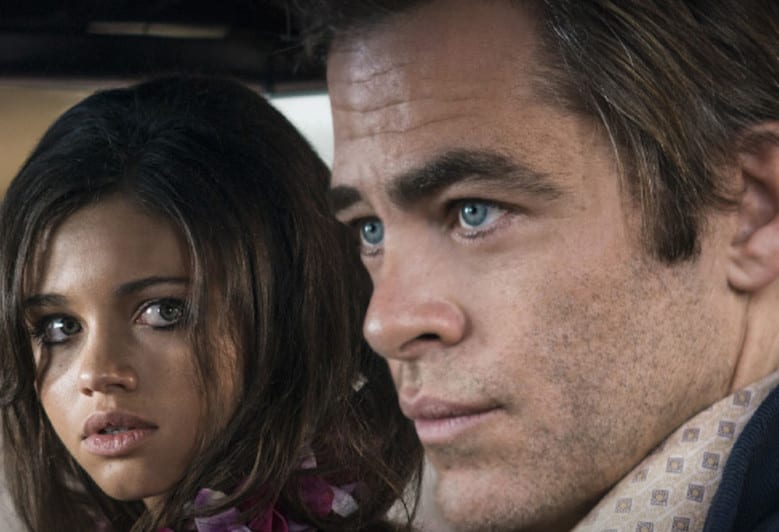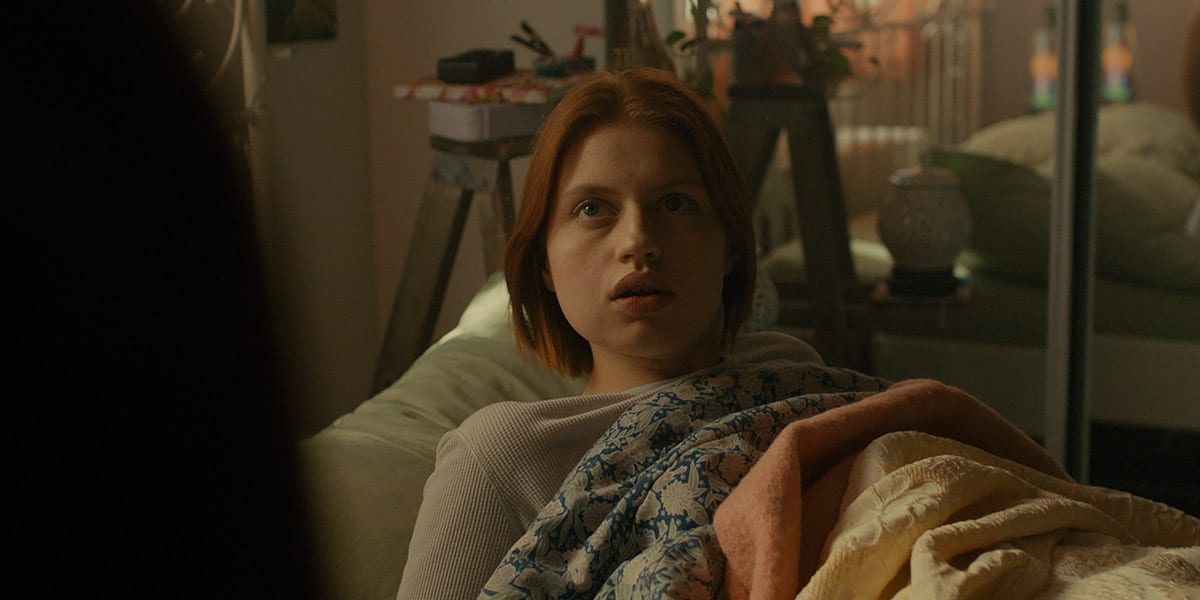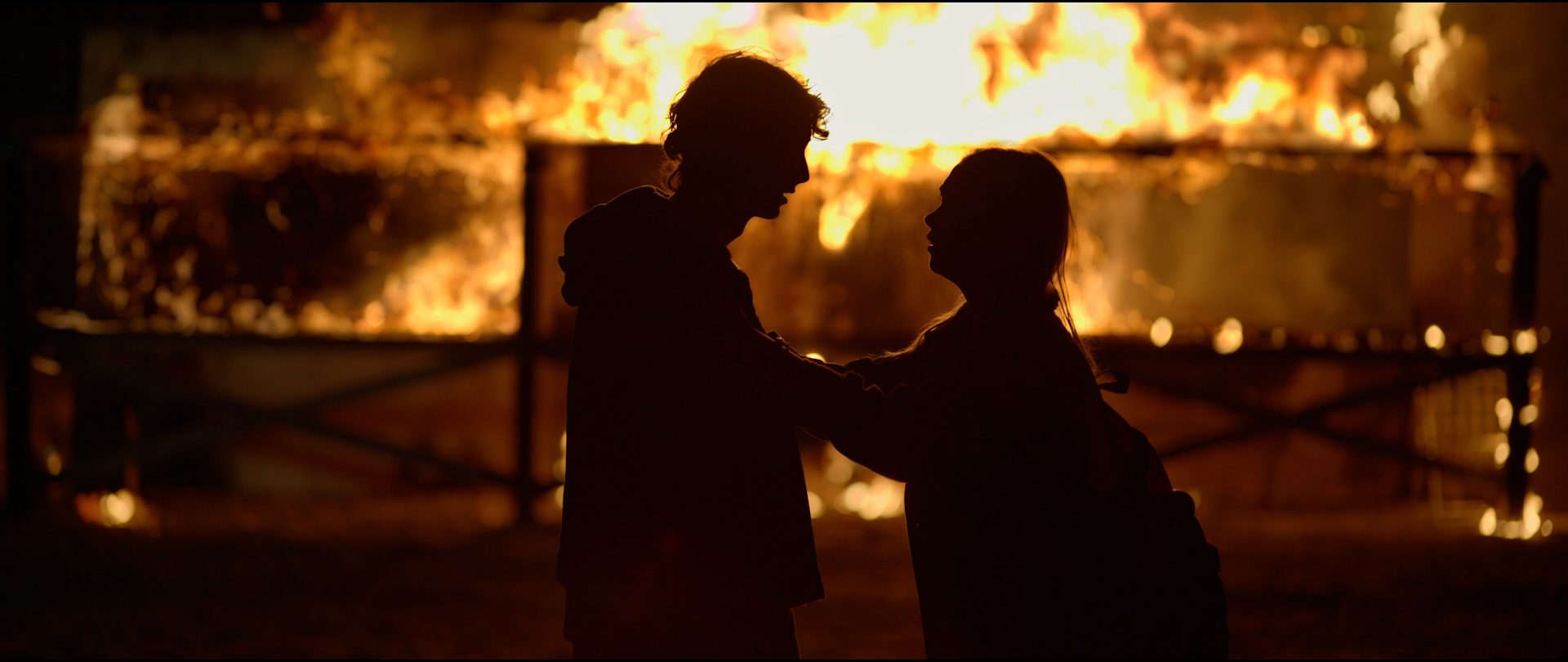?Some stories you can?t tell. Some stories don?t want to be told. Some stories will eat you alive.?
TNT?s limited series I Am the Night is a large dose of noir for the small screen. It is moody and ominous, but with a certain moral light flickering amidst overwhelming darkness that envelops the story. It is the kind of story that will eat the characters alive. Produced by Patty Jenkins (who also directed three episodes) and Chris Pine (who also stars), it is based on the true story of Fauna Hodel with ties to Los Angeles?s most notorious unsolved murder. Perhaps because I saw the first episode on a big screen during AFIFest, I note a cinematic quality to the series that makes it seem bigger than expected for a TV series.
When sixteen year-old Pat (India Eisley) discovers that her mother (Golden Brooks) has lied to her about where she came from and that her real name is Fauna Hodel, she sets off to L.A. to connect with her ?real family?, her mother Tamar Hodel and her grandfather Dr. George Hodel (Jefferson Mays).
At the same time, we meet a washed-up journalist, Jay Singletary (Pine). Singletary is trying to prove himself worthy of a job, but his alcoholism, drug use, and PTSD and moral injury from his time as a Marine in Korea compound to make it hard for him to cope with life. He is haunted by the story that destroyed his career and by the ghosts from his past. Singletary is in many ways a broken man, but he also has an idealistic approach to his job, looking for the truth, even when facing corruption and power. (While the series is ?based in real events? as told in Fauna Hodel?s memoir, Jay Singletary is a composite character.)
As the story progresses from week to week, Fauna and Singletary discover that each can help the other in their quests?her for family, him for redemption through the truth that everyone refuses to see. They are not so much partners in their endeavors as two people who use each other to accomplish parallel goals. Yet in the end, what connects them is their survival in the face of monstrous evil.
Set in 1965, we see an LAPD that is corrupt and violent. (This is the year of the Watts riots, which we see briefly later in the story.) The truths that both Fauna and Singletary seek to uncover run afoul of the powers behind the corruption. Those powers are far more concerned with maintaining the way things are than the truth that could tear them apart. Issues of racism, truth, and identity play out over the course of the series.
Noir often sees the world as a place that is generally filled with evil. That is true of I Am the Night. At the end of the first episode we hear a warning about Dr. Hodel. As the story progresses from week to week, he becomes an ominous presence. We quickly see him as creepy, but step by step he becomes the embodiment of darkness that deepens each week. Each episode brings a new revelation and new depravities to keep us involved and a bit off-balance as we await the next installment.
Just as Dr. Hodel keeps darkening, we begin to feel more hopeful for Singletary, who in spite of his many flaws, continues to hold to an ideal of goodness. We may well understand him as a knight in very rusty armor. He is relentless in the face of physical beatings and his own emotional demons grow from his belief that the evil that fills his world must be defeated. It is the goodness that comes from such flawed characters that brings hope into the dark world of noir. Eventually a character can say, ?I think there is grace here? if you can find it.? The grace that is to be found in I Am the Night is not warm and fuzzy, but as is often the case in life, the ability to see the small bits of goodness in an evil world.








